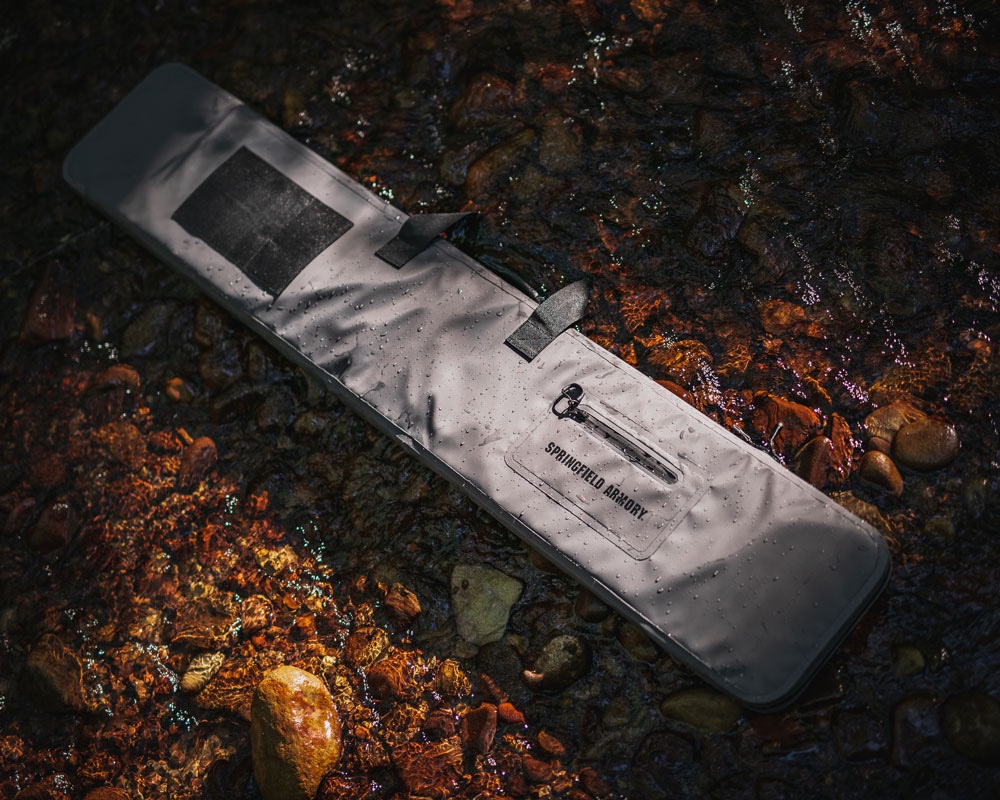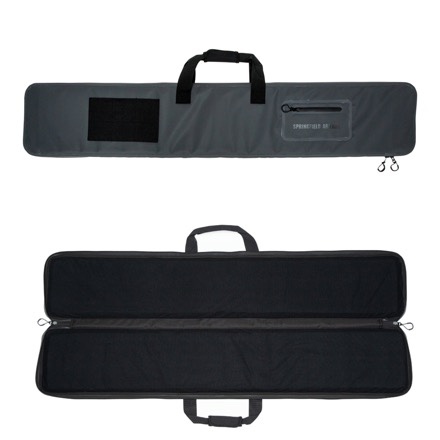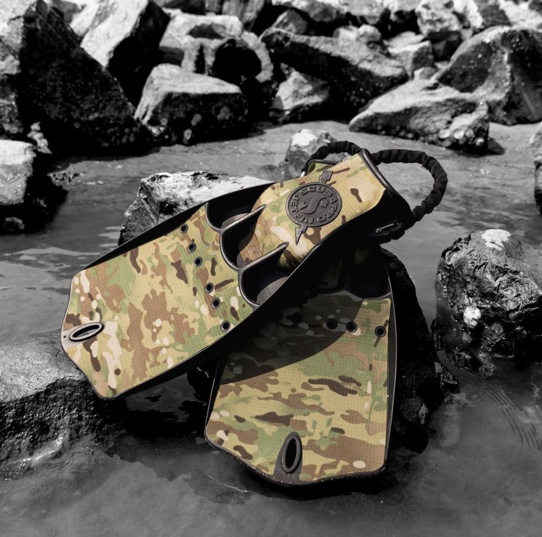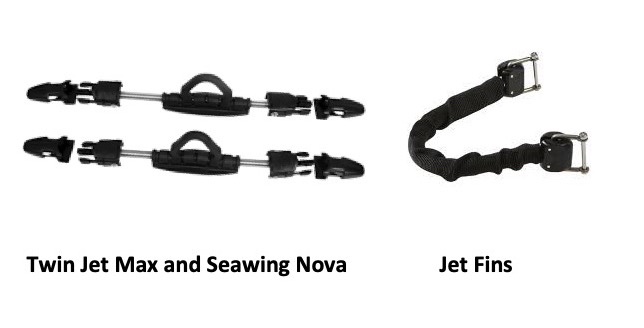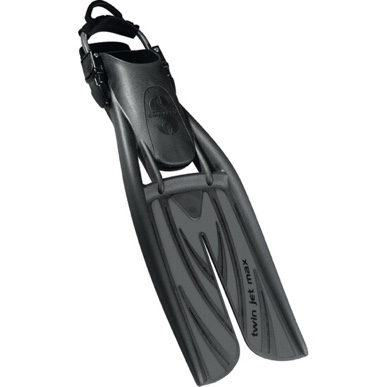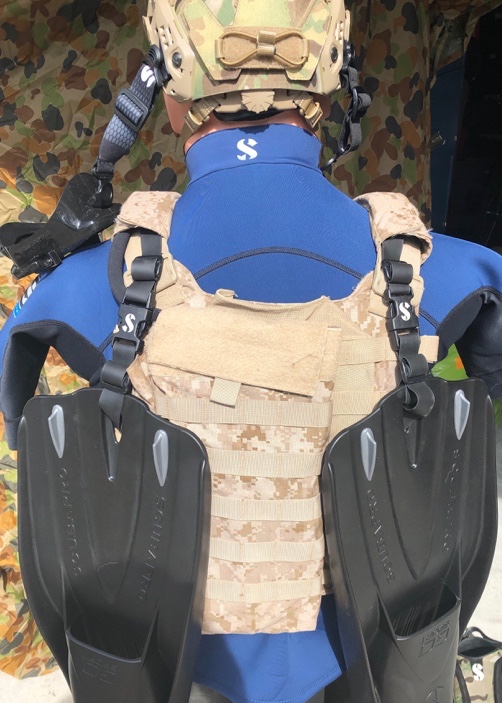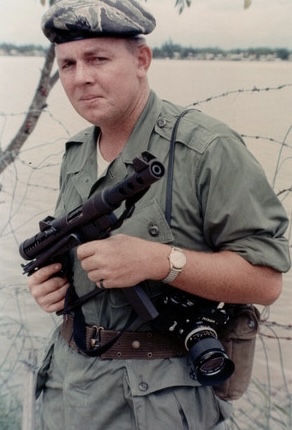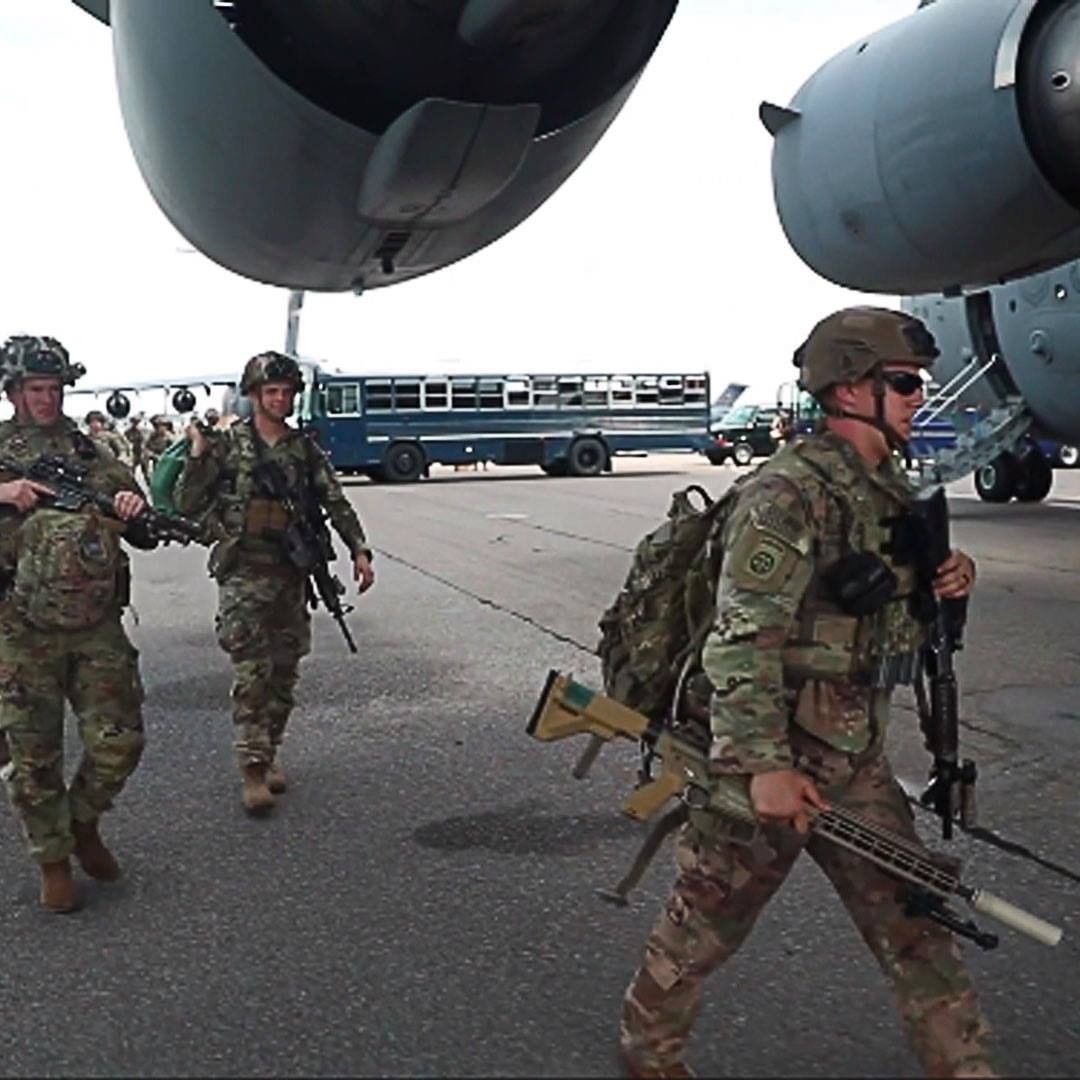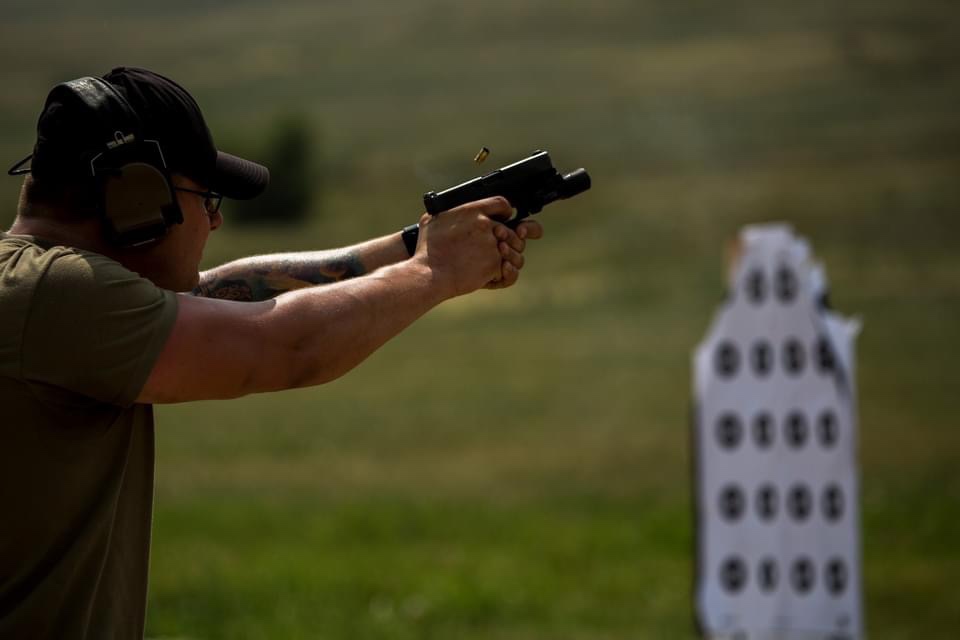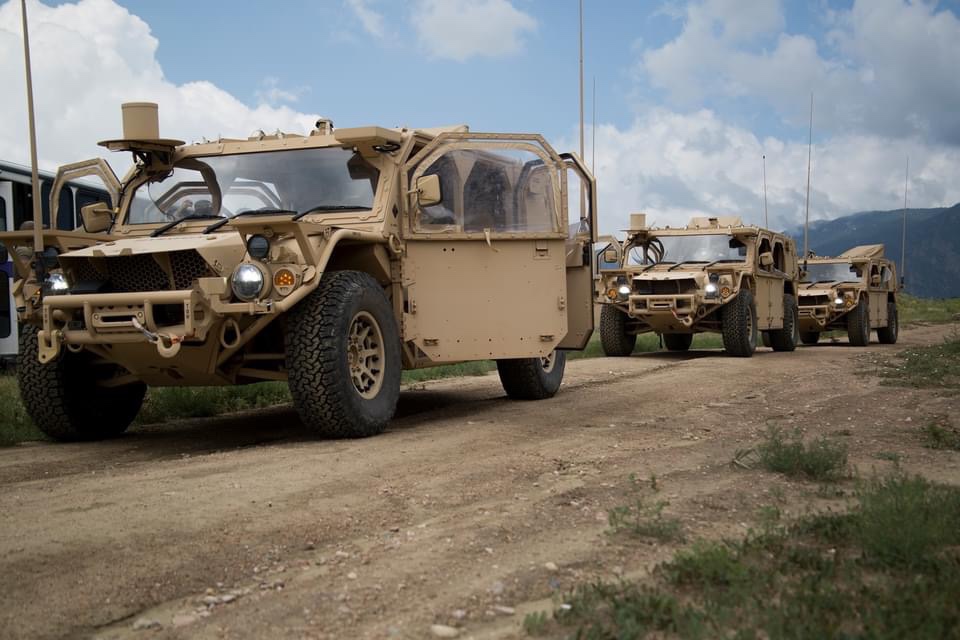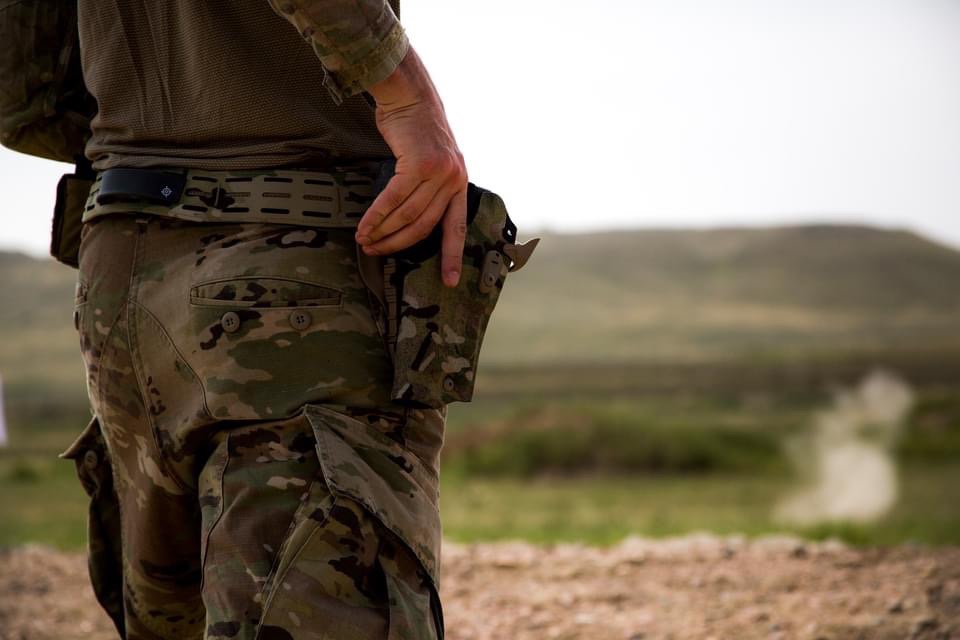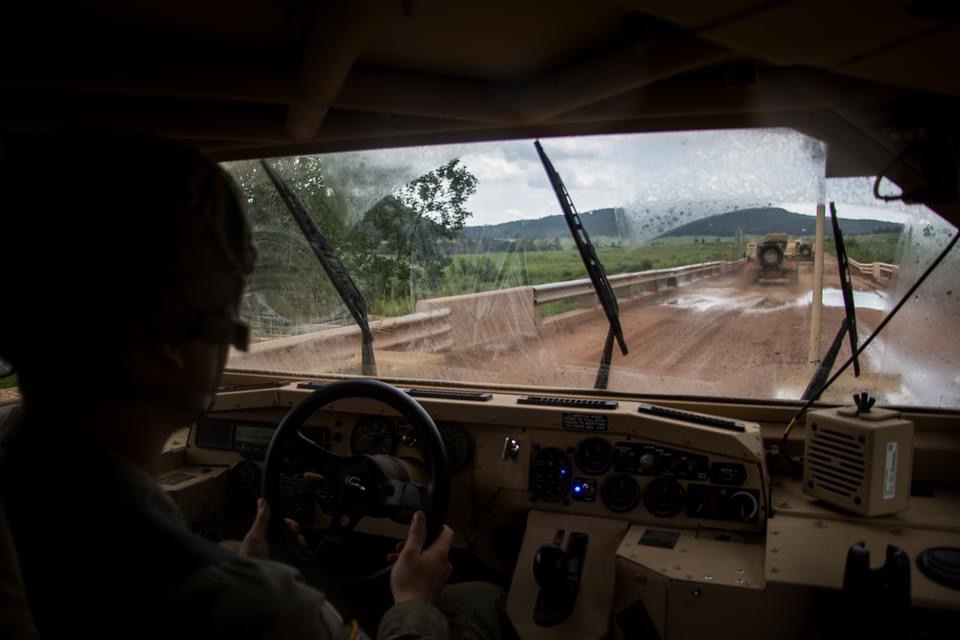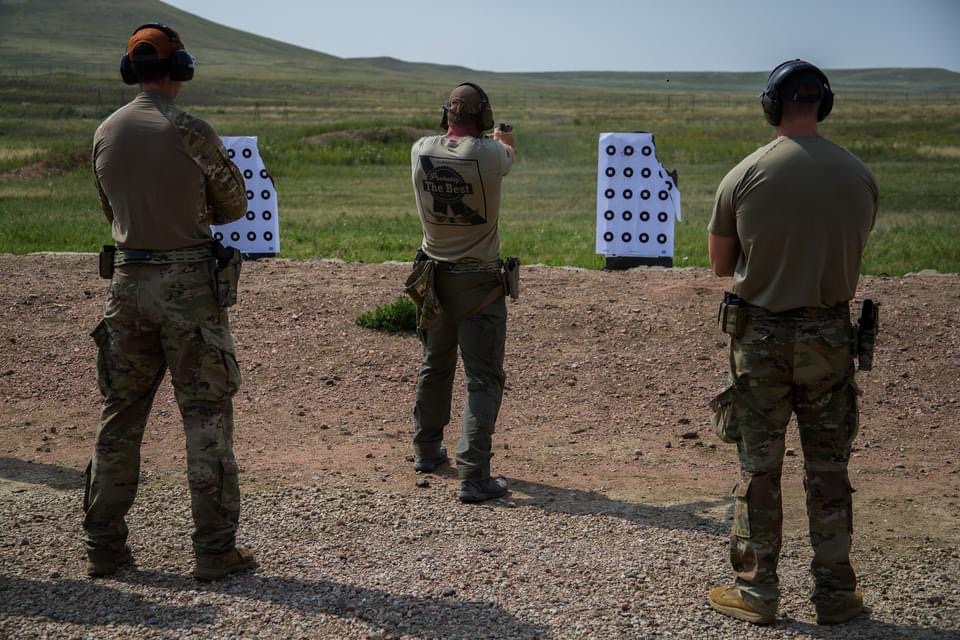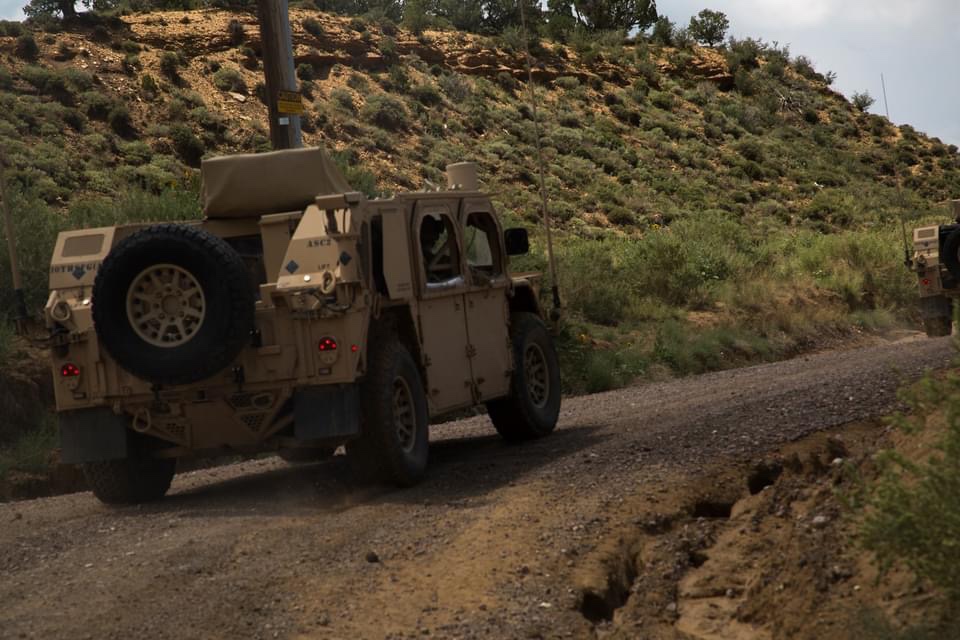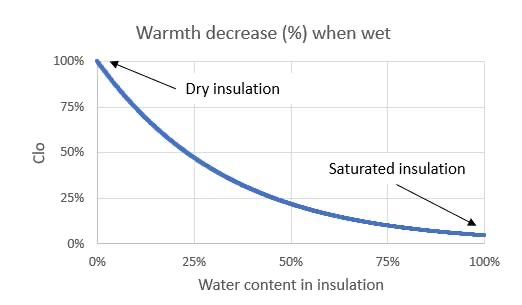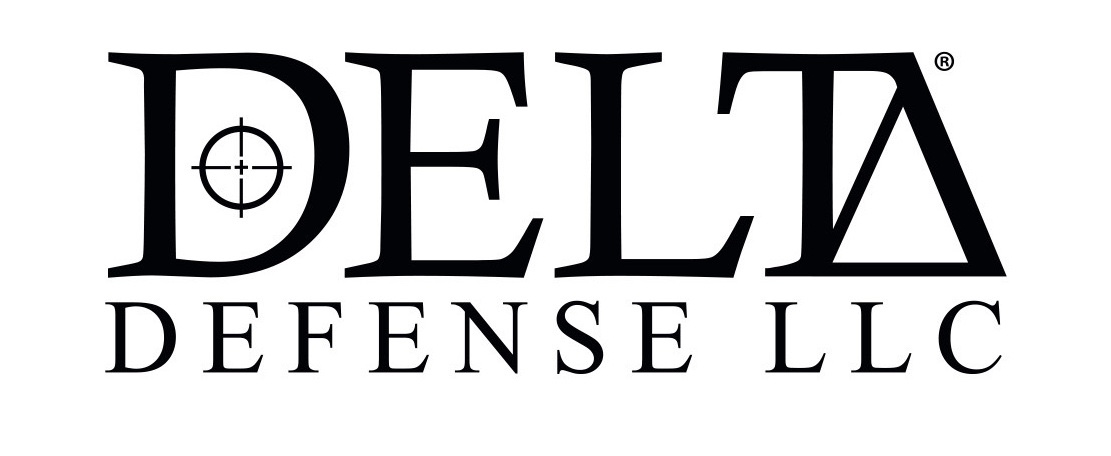INDIAN HEAD, Md. (AFNS) —
Explosive ordnance disposal and bomb squad experts in the Department of Defense and civilian sector tested the latest EOD robotics and emerging capabilities during the Eastern National Robot Rodeo and Capabilities exercise Aug. 2-6.
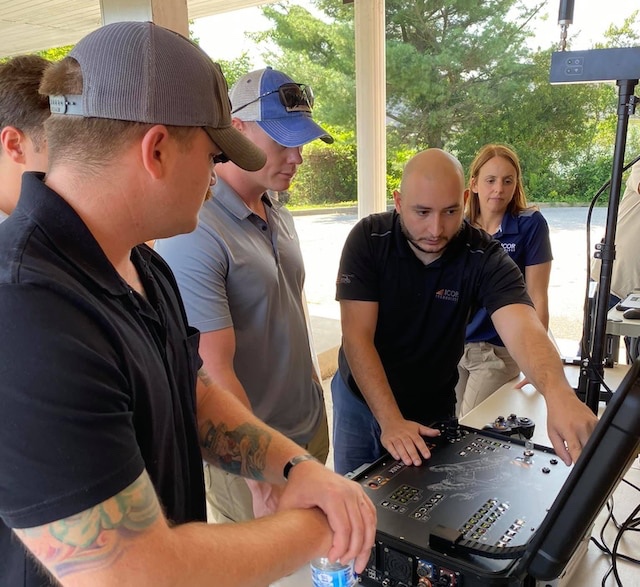
The Robot Rodeo, in its fifth year, was back after more than a year-long hiatus due to the COVID-19 pandemic.
The event, conducted at the Naval Surface Warfare Center Indian Head Division and town of Indian Head, brought together experienced EOD operators and public safety bomb squads to evaluate EOD capabilities in real-world operating environments and provide real-time feedback to industry partners.
“Everyone – sponsors, vendors and participants – was excited about the 2021 ENRR-CAPEX, especially after having to cancel the 2020 event due to the COVID pandemic,” said Dr. John Olive, deputy director of the Air Force Civil Engineer Center’s EOD Division and Air Force EOD subject matter expert.
The rodeo is extremely important to AFCEC, which is responsible for central procurement of equipment for the Department of the Air Force’s 1,700 Total Force operators at 84 locations around the globe.
“The rodeo showcases technologies under development from various industry vendors and has a direct impact in putting the absolute best tools in the hands of our EOD and public safety bomb squad operators, and international partners,” he said.
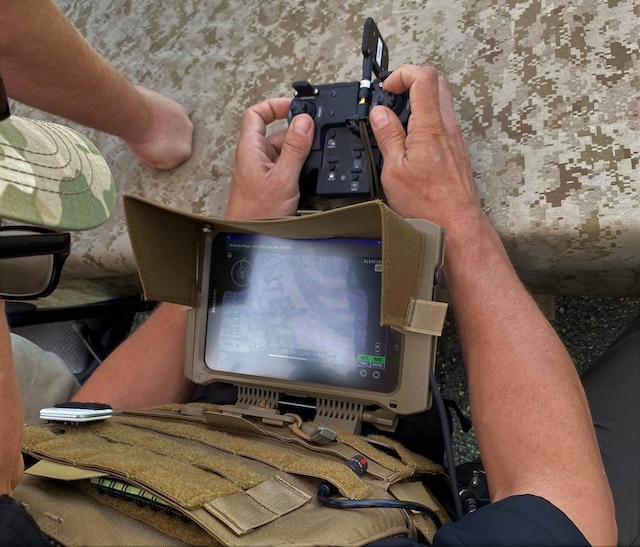
While all CE missions are critical to the Department of the Air Force and mission platforms, EOD is perhaps the most dangerous.
“Having these technologies that give our operators the ability to do more standoff investigation, interrogation and mitigation of hazards, keeps our warfighters out of harm’s range and enables them to do things more efficiently,” said Col. John Tryon, AFCEC Detachment 1 commander.
AFCEC in general is always looking to push the envelope and do things smarter and more efficiently, Tryon said, with EOD in particular always being on the cutting edge.
“With new threats it won’t be one or two unexploded ordnance we’ll be dealing with in future, it will be hundreds or thousands of UXOs and we have a limited number of EOD operators. We need technologies that we can leverage, that are force multipliers, so we can achieve the result that we need,” Tryon said.
In addition to the equipment showcase, ENRR included a multi-day, multi-event technical competition to include potential real-world scenarios like a swarm of unmanned aerial systems employing explosive devices, and clearance of a homemade explosive laboratory, while integrating emerging technologies such as advanced radio graphics and multi-shot disruption off from existing robotic platforms.
“Participating multi-agency teams were given one hour to train on new equipment, then given three hours to complete a scenario that challenges that new technology,” Olive said. “Operators provided vendors direct feedback, which shapes future development of that technology in-line with the Chief of Staff of the Air Force’s accelerate change or lose initiative.”
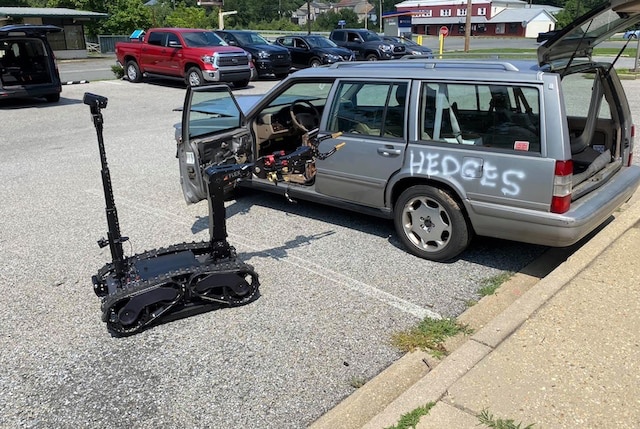
The rodeo directly allows AFCEC to build relationships with industry partners, public safety bomb squads and various other agencies, Olive added, to shape future tech development and “enable us to better support our nine core mission areas for the Air Force EOD program.”
“Getting military and civilian bomb techs together is vital to the overall success of defeating hazardous devices,” said T.J. Brantley, a member of Plano Police Department’s Bomb Squad in Texas. “You get the opportunity to talk about different tactics and procedures other teams are using. Meeting with vendors and getting hands-on training with the latest and greatest technology available helps us do our job safely. Hands down (Robot Rodeo) was one of the best training opportunities I have been to.”
During the event’s distinguished visitor day, Brig. Gen. Bill Kale, director of Air Force Civil Engineers, said he appreciated the opportunity to meet with industry.
“I think it’s very important, as civil engineers, that we stay on the cutting edge of technology,” Kale said. “We need to make sure that whatever we decide to procure, or what we’re looking at, that we can use it or innovate it to improve our readiness.
“We have quite a challenge ahead of us with near peer competition with some of our adversaries and we need to use every tool in our toolkit to make sure we make it challenging for them to even think about trying to come after the United States or our interests,” Kale said.
The Air Force Civil Engineer Center’s Readiness Directorate was one of four sponsors for the event, but it was a joint effort with Naval Surface Warfare Center Indian Head Division and the town of Indian Head as hosts, and the United States Bomb Technicians Association as a core partner.
“We very much appreciate the NSWC hosting ENRR and the opportunity to come together with the different vendors that provide the robots, sensors and different technologies that EOD teams can employ now and in the future, and for them to interact with our Air Force and joint partner warfighters,” Tryon said. “Actually getting some stick time and providing direct feedback with the vendors is valuable for them not only on how to adapt their technologies, but also for us being able to see what we want to add to our arsenal going forward.
By Debbie Aragon, Air Force Installation and Mission Support Center Public Affairs
